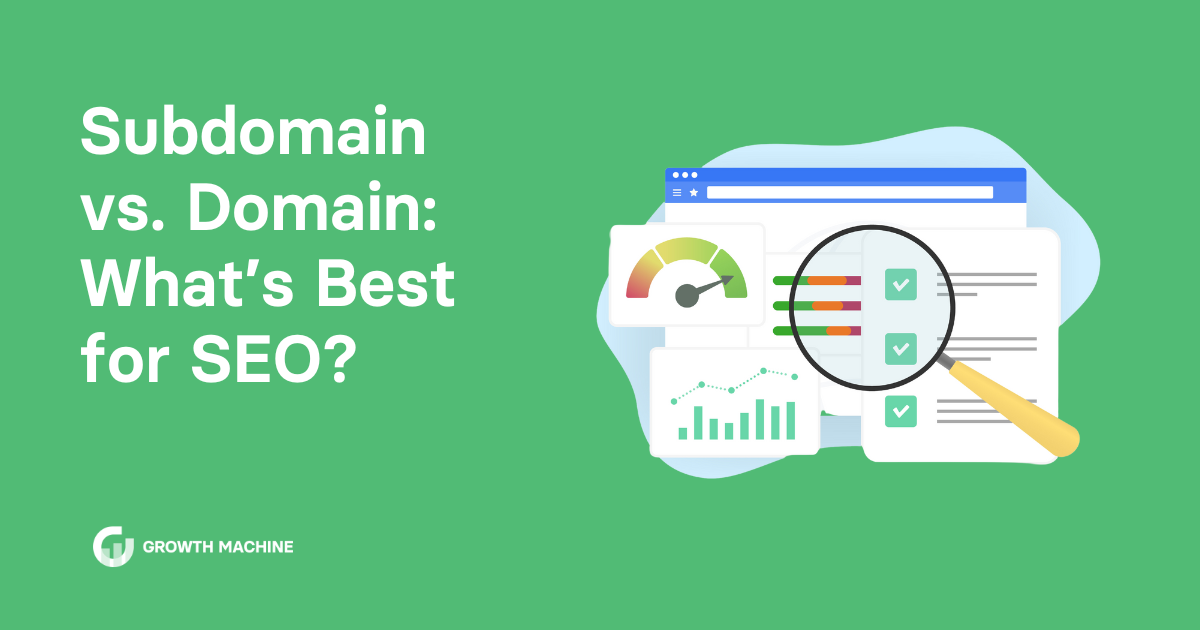Do Subdomains Affect SEO?
When it comes to search engine optimization (SEO), there are many factors that play a role in determining how well your website ranks in search engine results pages (SERPs). One of these factors is whether or not you use subdomains on your site. But do subdomains really affect SEO, and if so, how?
What are Subdomains?
First, let’s clarify what exactly subdomains are. Subdomains are prefixes to your main domain name that serve as separate websites within your main site. For example, if your main domain is example.com, a subdomain would be blog.example.com or shop.example.com.
Do Subdomains Affect SEO?
The answer to this question is not a straightforward yes or no. Subdomains can have both positive and negative impacts on SEO, depending on how they are utilized. Here are some factors to consider:
Advantages of Using Subdomains for SEO
- Organizational Structure: Subdomains can help to organize different sections of your website, making it easier for users to navigate and for search engines to index your content.
- Targeting Specific Audiences: You can use subdomains to target specific demographics or geographic regions, allowing you to tailor content and keywords to different audiences.
- Keyword Optimization: By using subdomains, you can target specific keywords or keyword phrases for each subdomain, increasing your chances of ranking for those terms.
Disadvantages of Using Subdomains for SEO
- Keyword Cannibalization: Having multiple subdomains can lead to keyword cannibalization, where multiple subdomains compete for the same keywords, diluting their effectiveness.
- Link Authority: Each subdomain is treated as a separate entity by search engines, meaning that link authority may not transfer as effectively between subdomains as it would within a single domain.
- Complexity: Managing multiple subdomains can be complex and time-consuming, especially if each subdomain requires its own unique content and SEO strategy.
Best Practices for Using Subdomains for SEO
If you decide to use subdomains for your website, here are some best practices to keep in mind:
- Keep it Simple: Only use subdomains when necessary, and try to keep the number of subdomains to a minimum to avoid keyword cannibalization and complexity.
- Link Internally: Make sure to link internally between your main domain and subdomains to help pass link authority and improve overall SEO performance.
- Monitor Performance: Regularly monitor the performance of your subdomains to ensure they are contributing positively to your overall SEO efforts.
Conclusion
In conclusion, subdomains can affect SEO, both positively and negatively. By carefully considering how you use subdomains and following best practices, you can leverage subdomains to improve your website’s SEO performance. Remember, it’s not just about using subdomains, but how you use them that matters most.
